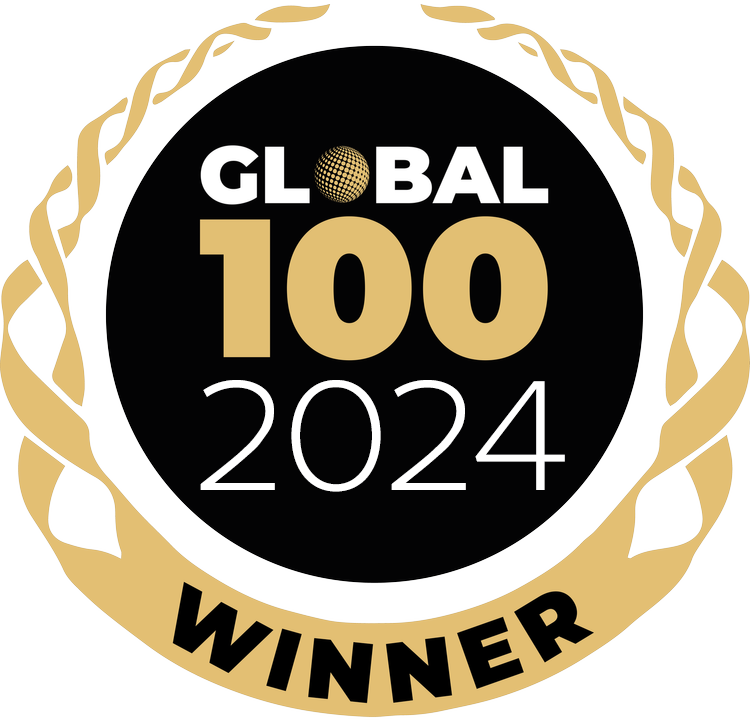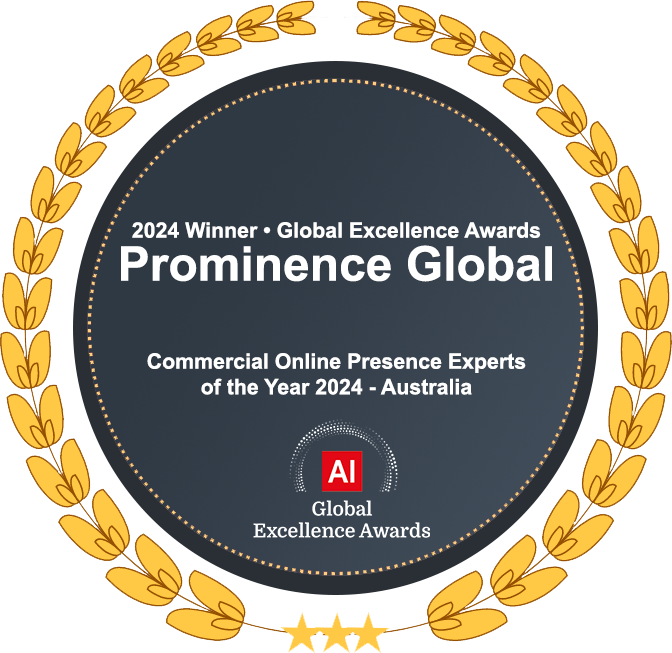With so many tools available to assist us in our business, video is one of those “must-have” tools that a lot of small business owners still struggle to leverage.
It usually comes down to these three factors:
- They don’t have the time to get started or finish their video
- They don’t have the right video strategy to bring in opportunities for their business
- They lack the video skills which results in creating content that is actually detrimental to their brand’s image
In today’s world of digital marketing, technology has evolved in ways which has enabled us to simulate the real world in amazing ways and immerse ourselves in these real-life experiences – think virtual reality, live video, augmented reality, 360 video, etc.
With that in mind, businesses have learned that a successful brand is about giving its audience the promise of a “real-world experience.” People buy into experiences that excite their senses – touch, smell, sight, hearing, and taste. In the food industry, there is the saying, “we eat with our eyes” and it’s possible that you stumbled upon a video that had your nose lead you to your favourite coffee shop.
So whether you are a start-up or an established business, video is no longer a “nice-to-have” but a “must-have” digital marketing tool if you want to truly stand out in the marketplace, stay relevant and generate leads.
“51% of marketing professionals worldwide name video as the type of content with the best ROI.” [source]
One of the things that we do in Web Traffic That Works is to provide both our video production services as well as video strategy to our clients. We help leverage their time so that they can focus on creating other profitable products. We help translate their important messages and stories into a high-quality video package that attracts, engages and connects with their ideal customers, resulting in high conversions, and a positive ROI.
Here are six key video marketing principles that we believe are essential to growing your business and what you need to know before planning for your next video:
1. Video Is An Amplifying Tool
One of the biggest mistakes entrepreneurs make is they don’t deeply understand who they are and what they do. If you’re unclear about your avatar, if you don’t know your USP and value proposition and your message is still too vague, chances are you are going to be perceived in those things even more with video!

This doesn’t mean you can’t start with video and have to get things perfect. Just make sure you’re learning about yourself, your brand and your message along the way. Look back at your videos and put yourself in your customers’ shoes – is your message clear and compelling? Does it address a specific need of theirs? Are you providing a lot of value?
2. A Great Video Sells Your Story, Not Just Tell It
We are all storytellers, it’s part of our DNA. When it comes to business however, you need to be able to sell your story and unique message that it attracts your target audience, and keeps them watching and triggers them to take action.
“Marketing is no longer about the stuff that you make, but about the stories you tell.”
– Seth Godin
By telling a story, you have already started off in the right direction. People love stories. One of the easy-to-use, fast-to-consume features in social media that builds awareness and trust are Instagram Stories, Snapchat and Facebook Stories. These allow you to create powerful mini-stories that take your audience behind-the-scenes and become part of your business journey.
Here are some key points to sell your story:
- Establish an interesting scene for the “attraction-grabber”
- Begin with “The Ask”. In other words, a great video story is one that inspires the viewer to ask a specific question that they’re watching your video for the answer to! A great way is to address their point-of-pain in a form of a question, for eg. “Are you struggling to generate and convert leads?”
- Utilise ‘The Hero’s Journey’ principle. This concept is one of the most powerful story-telling techniques made famous by Joseph Campbell. Learn more about it HERE
- Think “Plot”. Storytelling is the re-telling of events, Plot is the arrangement of those events. Your video needs to have an intro (attraction-grabber), middle (high-value content) and outro (call-to-action)
Include facts and statistics, testimonials and success stories – anything that provides social proof to help with the buying decision
3. Video Is Not The Outcome
What is the reason you’re creating a video in the first place? If you don’t know what result you’re trying to achieve then it will be very difficult to arrive there. I’ve seen entrepreneurs create videos and they have no tangible outcome, instead, they end up waffling on all sorts of direction. That is a sure-fire way to confuse your audience and not have them take the action you want, resulting in a waste of your time and theirs.
This is where a strategy becomes really useful. Work backwards from your end result – are you wanting to:
- Engage and connect with your audience?
- Generate and convert leads?
- Build more awareness to your brand?
- Raise your market profile and position yourself as the expert?
- Attract your ideal customers?
- Educate your audience?
For example, if you’re trying to engage your audience then a Facebook Live video might be ideal. If you want to build awareness, then consider an “About Us” video on the homepage of your website. If you’re trying to generate leads then you might look into creating a landing page video. If you want to funnel people into your high-end products then you might start with a low-commitment video series. If you want to raise your market profile then you might include customer testimonials for your event video?
“…What you are trying to achieve will determine what type of video you will produce.”
4. Video Is A Touch-Point
They say it takes around 8-10 “touch points” before someone decides to become your customer. Touch points are what people experience about your business that builds more trust for them before they buy. These include things like a free EBook, blueprint, checklist, blog, podcast, radio interview, testimonials, a presentation and of course video.
By having a video, we believe that it actually lessens the number of touch points required because video has a unique and powerful way of building trust with your audience very fast. So ensure that video is part of your overall marketing strategy!
5. Video Is Consumed Better In High Quality
These days, with the affordability of HD cameras it’s no longer an excuse to have a poor-quality video. The truth is, having great gear doesn’t necessarily mean we can all create a high-quality video. We understand that not everyone is a video expert. So you can either hire professionals to do it for you or DIY.

It’s up to you to decide on the quality of video your business deserves. As mentioned earlier, video is an amplifying tool so if you have poor lighting, your audio is full of noise, your angles are distracting and your editing sucks (to bluntly put it), don’t think that your audience are not going to notice that too. Would you rather be taken seriously or seen as someone on a budget?
With the exception of live videos (but not always) which is focused more on engagement, if people really enjoy your message, they will want to watch it in the best quality possible.
6. Video Is Now Mobile
2017 statistics show that over half of video content is viewed on a mobile phone. So it’s also important that the next time you upload a video, think mobile AND social media.
“…Did you know that 85% of Facebook videos are watched without sound?”
Which is why the use of captions and titles are very effective in your video marketing. Do your best to make your videos visually interesting and entertaining. There are many free apps and tools that bring out your creativity.
Another mobile feature is creating videos in portrait orientation. Research shows that although it takes half a second to flip your smartphone on its side, people are still likely to consume a video in its natural, vertical orientation. Square videos are very popular in social media because it makes the most use of your mobile phone screen.
There are exceptions to the rule, however. Portrait-oriented videos work well with live broadcasts, behind-the-scenes and education-style videos. Landscape-oriented videos might be better to highlight production values like cinematography (for film-makers) or using widescreen to show amazing landscapes and beaches of your business retreat in a promotional video.

Another important tip is rather than focusing on just using social media to distribute your videos everywhere (to Facebook, Instagram, Twitter, YouTube, etc), learn how videos are best consumed on these social media platforms because that is what will get you optimum results.
Video is not going away anytime soon. It is the now and the future. If you’re not yet using videos in your digital marketing or failing to utilise the key principles above, then you’re risking falling behind your competitors.
Do you have a video strategy to generate leads and business opportunities that suits you and your business? Contact us today for an obligation free consultation.








